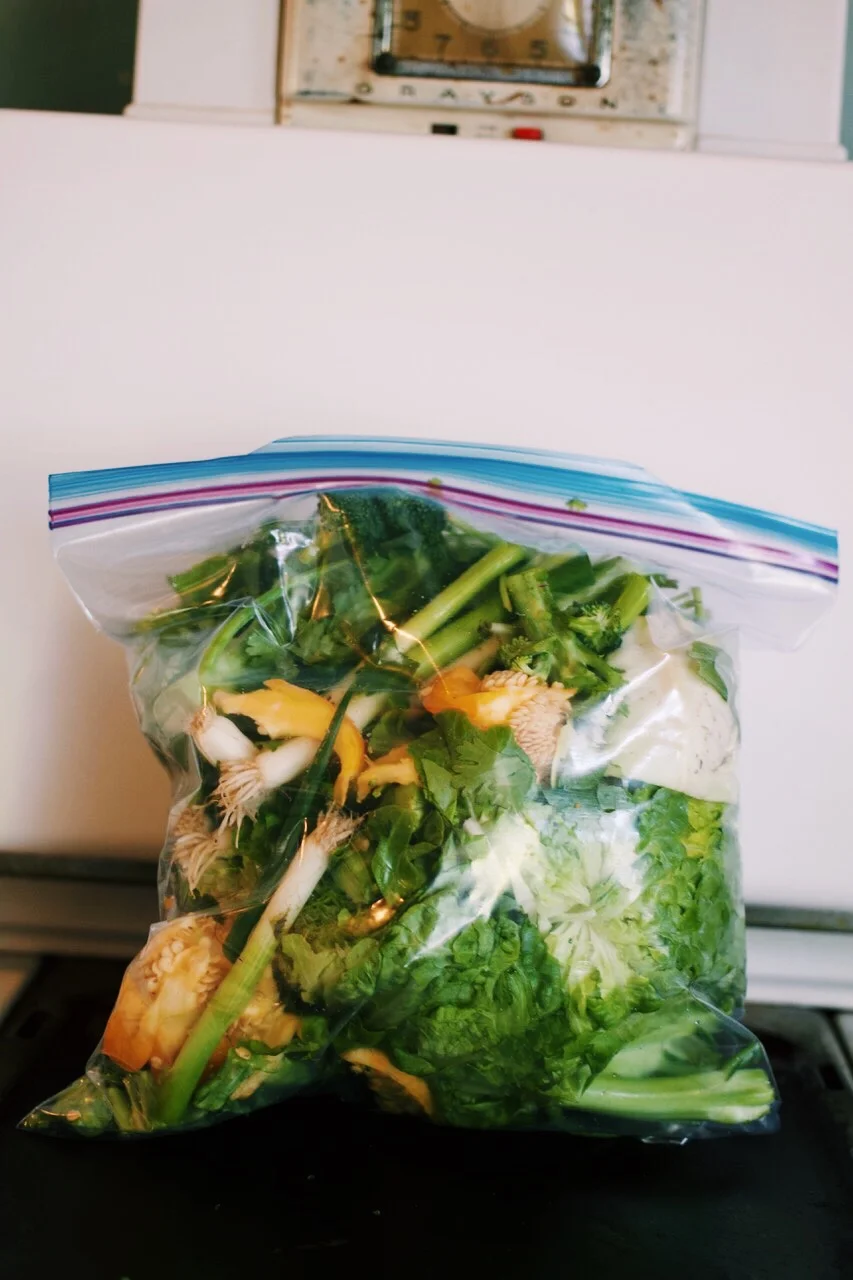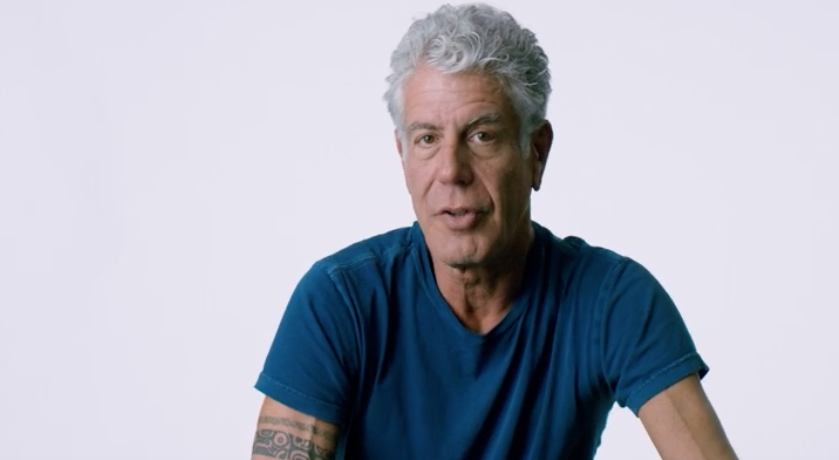Hi guys,
I want to share something with you that I am struggling with in my own house. No, not my husband. He’s good most of the time. I’m talking about food waste. The things I don’t eat in time, the greens I chop off, the ends of carrots, you know all the other stuff that comes out of my refrigerator or my kids plates. I watched a movie a while back that you need to see: Wasted, and came to realize that I was a big player in a big problem. And that problem is two fold. On one level, it is an agriculture problem but on another level it is a household consumer problem.
So, we have decided to take it on in both of these directions, because we are an agriculture business and we are also a household.
Here’s the problem: almost 40% of what farmers grow is thrown out and consumers throw out almost a pound of food per person per day. Most of the produce that is thrown out in agriculture is done so because of market demands, items must be perfect when they are packed, and must be perfect when they are bought. This causes a huge amount to get thrown out at harvest, and another huge amount to get thrown out by the Markets. The stuff tossed in harvest gets disced into the soil to feed the worms and microbial life, but the stuff in the markets gets put straight to the landfill.
The landfill is where things get bad. Food waste doesn’t break down in an anaerobic environment, which is what a landfill is. The movie gives an insane example of a banana peel taking 20 years to compost in a landfill. Because of this, the food waste sits and breaks down into methane and causes a huge amount of the landfill off gassing that is causing so much green house gas and global warming.
This is why my household is so important. Right now, there is no municipal solution for household food waste. There isn’t a truck coming around getting our food waste and taking it to feed a pig farm, or using it to make dank compost, like my husband fantasizes about doing. There is only our trash can, and our trash can takes it straight to the landfill at Tajiguas, where it off gases into oblivion.
So, what to do? Well, it’s time to get creative. At home, we have a little corner of our side yard that we have abandoned to compost. We bought a small bale of hay, a bucket, and we make a new layer of food waste and a new layer of hay to our pile every week. We are 6 months in, and are about to start our second pile, so that we can give the first one a 2 month finish off so that we can start using it as finished compost on our yard plants.
Now, the agriculture side. We have chickens, about 100 of them at the Pacifica Farm that we tend. And we take all of the things that our don’t sell or come back to us to feed those girls. In turn, we add their manure to our compost piles at the farm.
Now, with our farm boxes. We are not a super market and we are not super picky about appearance. We are picky with farming practices and nutritional value, and having super clean food. But we do not throw away beets because they are scarred or fruit because they are off sized. We are old school organic in the sense that we have always thought that the imperfect produce was the good produce. Because of that, we are able to help our growers out a lot. There are times when they can’t sell to the bigger buyers because the arugula got bitten up by flea beetles or the broccoli got frost bitten purple, but they can sell to us. And we will eat it, and we will love it.
With all of this said, lets take this problem on , be proud of our food, respect the work that it took to get it on the table, put our boxes on hold when we have too much food, keep tabs on our selves and make the effort it takes to be less wasteful,
Much love guys,
Katie
MY FOOD SCRAP FREEZER BAG READY TO MAKE VEGGIE BROTH
An Easy Bad Ass Vegetable Broth Recipe with Food Scraps
Ingredients
1 tablespoon olive oil
5 cloves garlic, minced
2 large onions, chopped
3 ribs celery, chopped
3 carrots, chopped
8 cups water
Frozen vegetable scraps (2-3 cups is a good amount)
A few sprigs of parsley and thyme
Salt and pepper to taste (omit these if you’re making stock)
Instructions
Heat the olive oil in a large Dutch oven or stockpot over medium heat. Add the garlic, onions, celery, and carrots. Cook until softened, about 5 minutes, stirring often. Add the water, frozen vegetable scraps, bay leaves, parsley, and thyme. Reduce heat to low and simmer, partially covered, for 45 minutes. Pour the broth through a fine mesh strainer into a large heat-proof bowl or pot; discard solids. One the broth has cooled, transfer it to airtight plastic containers or freezer bags and store it in the freezer. (I usually freeze it in 2-cup portions so I don’t have to thaw all the broth every time I use it.)





